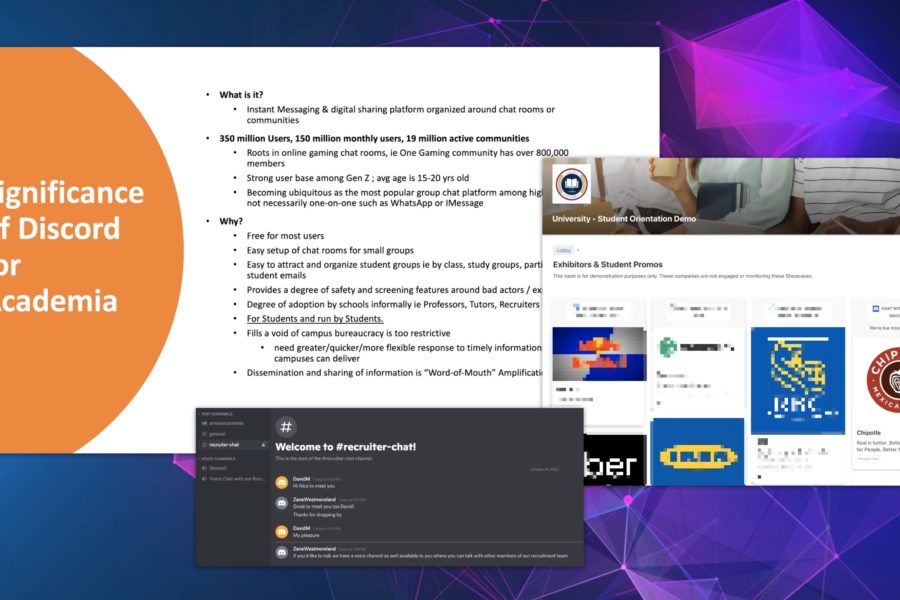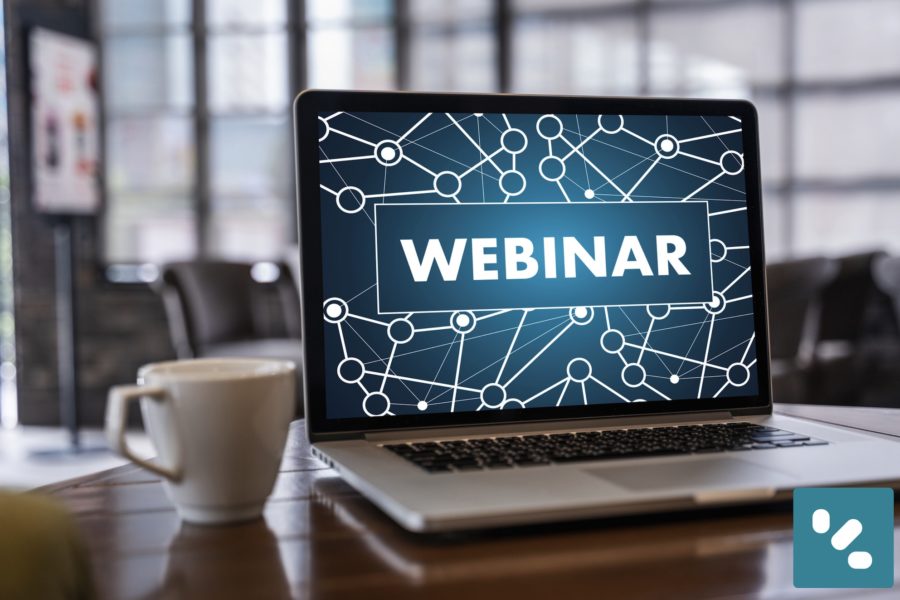Over the last few months we have conducted several focus group sessions with faculty and directors of University Teaching and Learning Centres (TLCs) to gain insight into the special needs of faculty building dossiers for Tenure track. This was inspired from recently attending the POD Network Conference in Pittsburgh and the overwhelming interest for a digital portfolio system designed for the special needs of faculty.
In December we ran an Online Workshop for Faculty on best practices for developing one’s teaching dossier called, “How to use the holiday break to get started on your digital teaching portfolio in 2020.” What we found from our research is that Faculty have been reluctant to use digital portfolio’s for managing their tenure track because existing solutions have proven to have critical short-comings.
We have been told by some Directors of TLC’s that the transition from manual to digital portfolio’s over the last 20 years have resulted in the loss of some of the most effective aspects of a portfolio as a communication dossier of one’s teaching and as a reflective tool. Whether you are a student, professional or teacher, the ability to rise above your content library to see gaps in it or to better visualize how you present to a particular audience your persona in a portfolio is key to making better decisions to optimize your portfolio.
Whether you use a fully manual approach or use a digital approach, the key to building an effective teaching dossier is the continuous development and enhancement over time that shows progress and mastery in effective teaching. An observation explained to us from experts is that most faculty members underestimate the time to collect and develop a compelling teaching portfolio. An effective digital portfolio platform can save time, better organize and enable the development process.
With this feedback and analysis we have identified the primary needs of faculty and designed special features that can help faculty to save time and become more organized and reflective of their teaching dossier.
We identified 6 primary needs of faculty that need to be addressed for them to effectively use a digital portfolio in their tenure track management of their teaching portfolio:
Ownership and Control
The most important issue for faculty contemplating digitizing their teaching portfolio are concerns about ownership and control of their account and its content. Most faculty have access to an online portfolio tool from their school, but few use it or use it reluctantly, preferring to manage their teaching dossier manually. Their concern is if they leave the institution, whether they will continue to have access to the account.
Others mention a concern, over the grey area of whether a school may claim ownership over part or all of the content in a faculty member’s account. Whether this is true or not, there is a reluctance to trust a system that is controlled by their school.
Considering one’s teaching dossier is a mission critical document to one’s tenure tract and career success, one can understand faculty being extra careful and cautious. This is why we designed Acadiate on the principle that a user has full ownership of their own account for life. A user chooses to opt-in and join any number of networks on the system organized by institution, program or community. As the user has control to opt-in, they also can opt-out at anytime. Whether they or the school is paying for a premium account or they are using a basic free account, they always have full control and access to their account and all its content.
Easy to Use
The second most important issue to faculty ease of use. Access to content or a digital portfolio must be 1 or 2 clicks from access. There cannot be many steps in uploading content, contextualizing artifacts or creating the digital portfolio, otherwise users become frustrated.
One of the key best practices for managing digital portfolios is always ensuring the portfolio narrative is easy to follow and that all artifacts or reflective journal entries are carefully chosen and contextualized. Within Acadiate, we provide an easy-to-use template for users to provide a title, but also a short synopsis on the artifact.
As one collects artifacts, it is then easy to compile them into a portfolio for many different audiences using our simple portfolio builder tool. It is designed so that even the most technologically challenged person can build a digital portfolio using our preset fields in minutes.
Organizes artifacts well
The typical faculty member is busy and often feels overwhelmed, so simplicity and ease of creating content and building it into a coherent portfolio is critical. Faculty often talk about how they struggle with finding time to collect material, but even more so contextualizing and reflecting on it to build a bigger narrative. So an effective digital portfolio system needs to work within their busy schedules to enable them to easily upload and organize their content and then later retrieve, reflect and then contextualize the content. Most faculty members work on their teaching portfolio during downtimes after a term is completed or at year-end, so they often only have time to collect artifacts loosely and then with greater time, say during the summer, pull it together, often for yearly submission in the fall.
In our “Teachers Edition” portfolio we have some enhanced features, such faculty specific categories for storing content like statement of teaching philosophy, research, course assessment and grants and awards. We are also developing Version History functionality for faculty to organize and access previous versions of certain documents.
Flexible for sharing and presenting
Senior advisers for teaching dossiers tell us the most effective and positively viewed dossiers show evidence of continuous self-review/reflection iterations, but also input of peer reviews. So demonstrating how your teaching philosophy and practices have evolved, based on you’re your own critical reflections and input from others is critical. The ability to share and to have a multitude of portfolios being shared with different parties can dramatically save time and show commitment to your genuine development as a teacher.
Acadiate is designed around the principal of separating one’s content library from your library of portfolio’s. One can create a digital portfolio that shares very specific content with a specific audience and then enables you to track that portfolio for follow-up and document that interaction. The key is to ensure users spend as little time as possible on creating the portfolio and so more time is spent on planning it.
Content and privacy is protected
In today’s world, everyone has a heightened sense of cautiousness in protecting their identity and their property. The issue is how to protect one’s self online, but still take part in a measured and effective way to promote your career. Faculty are particularly protective of their intellectual property in their thoughts, reflections and unpublished worked, as well as their published work.
Two of the most popular online business models of the last 2 decades is online advertising and the reselling of personal data. At Acadiate we do not use either of these models and rely on paid subscribers and school sales. This ensures accounts and personal data is protected and is only shared by a user specifically choosing to share their data.
We also manage the platform using Amazon Web Services. All data is backed, protected, and scalable using the largest cloud storage network in the world.
In addition, access to your account is password protected and you have the option to password protect all digital portfolio’s you share.
Cost effective
For most users on our system, their school pays for their account to be upgraded to premium features and therefore the cost is not a factor in their decision to use Acadiate. But for some, they need to just get started and may not need all the premium functionality at the beginning.
We enable basic free accounts with full access and unlimited uploads and storage. Only when you may need additional digital portfolio showcases for sharing or accessing special resources from your institution may you feel the benefits of upgrading. You choose.
In Conclusion:
The greatest mistake faculty make in developing their teaching dossier is underestimating the time and effort it takes to develop a good portfolio. A good digital portfolio system can save you time and help you get better organized. To get started costs nothing with Acadiate. If you are a faculty member, try out your free account now, click here (https://s.acadiate.com/bpor). If you’d like to be amongst the first to get access to our special ‘teaching edition’ – let us know by sending us a quick email to [email protected].





